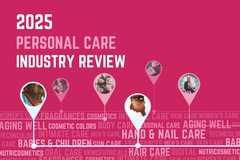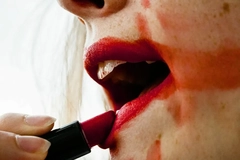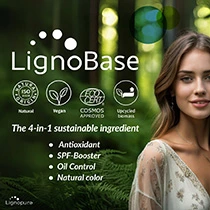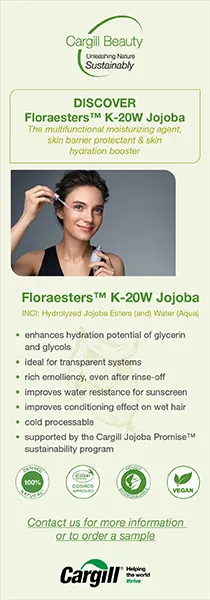Most cosmetics sold on e-commerce sites are counterfeit finds Which?

The UK-based organization Which? bought 34 beauty products from well-known brands on eBay, Amazon, Vinted, and TikTok Shop, and 67% were counterfeit. The fake products pretended to be brands such as CeraVe, La-Roche Posay, Charlotte Tilbury, and The Ordinary. The four e-commerce platforms have already shipped thousands of these products to buyers.
Six out of six products bought from Vinted were fake, five out of six from TikTok Shop, eight out of 11 from eBay, and four out of 11 from Amazon.
“Trading standards needs to take decisive action to prevent these products from making their way into people’s homes, but because of limited resources and competing demands, counterfeit investigations are being deprioritized in many parts of the UK,” Rocio Concha, Which?’s director of policy and advocacy, tells Personal Care Insights.
“The government must ensure there are clear duties on online marketplaces to prevent the sale of counterfeit goods, and urgently commit to the reforms needed to ensure our consumer enforcement system is fit for the 21st century.”
Which? reached out to all four online platforms, and they responded that they have a zero tolerance for counterfeiting, stating that it is prohibited and that violations of third-party seller rules will be removed or blocked.
Consistency and smell
The organization found faults in packaging, such as logos, wording, and font styles. Meanwhile, the products had a different consistency, color, and smell compared to the original products.
Which? says some fakes were easy to spot, while others were more subtle. It points out that it was difficult to distinguish and only possible because they had the original product to compare. The findings raise questions around the number of counterfeit cosmetics in the market.
“We don’t know what’s in these products or where they’ve come from. Counterfeits may have been produced in unsanitary conditions using cancer-causing and toxic chemicals, and using them could result in skin irritation or even chemical burns,” says Which?.
 All four platforms responded to have a zero tolerance for counterfeiting.Personal Care Insights recently spoke with the Organization for Economic Co-operation and Development (OECD) after its report on counterfeit cosmetics trade flows, finding the highest amounts originating from China, with “unusually high trade flows” in Morocco into the EU.
All four platforms responded to have a zero tolerance for counterfeiting.Personal Care Insights recently spoke with the Organization for Economic Co-operation and Development (OECD) after its report on counterfeit cosmetics trade flows, finding the highest amounts originating from China, with “unusually high trade flows” in Morocco into the EU.
“The recorded seizures, which form the basis for our estimates, reflect only a portion of the illicit trade. The actual volume and market penetration of counterfeit cosmetics and other product categories may be significantly higher,” Morgane Gaudiau, an economist at the OECD, told us.
Animal feces found in fake beauty
Which? stresses that counterfeit cosmetics could have toxic ingredients. Phil Lewis, director general of the Anti-Counterfeiting Group, says cancer-causing chemicals such as mercury, arsenic, and lead have been found in fake cosmetics.
Meanwhile, due to unsanitary warehouses and other storage spaces where rodents are present, Lewis says that urine and animal feces have also previously been found in perfumes, hair care products, and other counterfeit beauty products.
Fake products can also harm the skin, causing burning or other damage. Counterfeit sunscreens may also lack SPF protection, exposing the skin to harmful UV rays.
Apart from harming the consumer, fake cosmetics also harm brands. We recently spoke with Jeffrey Hardy, director-general at the Transnational Alliance to Combat Illicit Trade, about how it affects the beauty industry.
“Companies lose a sale, but more importantly, the reputation and equity of the brand are threatened. This is particularly true if the consumer thinks the product is genuine and loses trust in the brand. Counterfeits also impact the distributors and retailers of genuine products because they struggle to compete against the lower-priced counterfeits,” Hardy explained.












